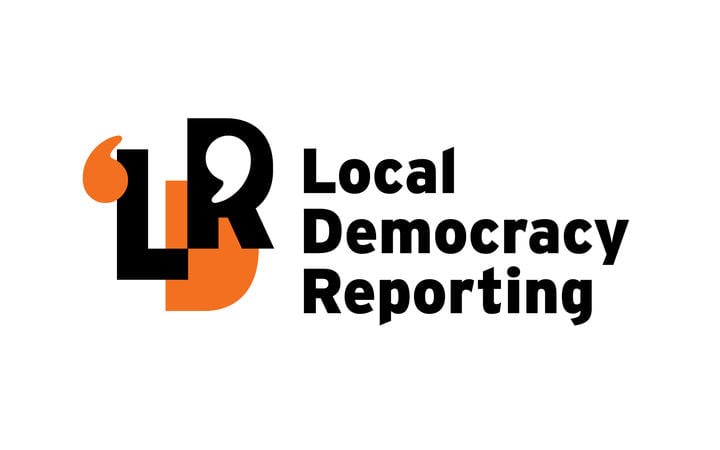The proposed spot for the marina is on the western bank of the Pakihikura, between where the Otara and Waioeka rivers meet and the sea.
By Diane McCarthy - Local Democracy Reporter
Ōpōtiki Marina and Industrial Park (OMAI) director Chris Peterson says a resource consent hearing for the proposed marina last Friday was a positive step forward for the project.
The company applied to Bay of Plenty Regional Council for resource consent to build the marina in late 2021 on farmland belonging to the Peterson family.
The land, zoned as harbour industrial in Ōpōtiki District Council’s district plan since 2016, is around 18 hectares on the western bank of the Pakihikura, the part of the river between the confluence of the Otara and Waioeka rivers and the sea.
The resource consent was for the construction of the marina, including the development of a rock revetment (protective wall) and four structures within the basin - a commercial wharf, a travel lifting bay for taking out boats for maintenance, a maintenance wharf for boat building and maintenance and a boat ramp.
At present, dredging is taking place to create a channel from the harbour development to the harbour entrance and the dredged material is being deposited on that spot.
Limited notification for the resource consent was given to the six hapū that make up Whakatōhea iwi, with submissions closing on December 16 last year. Submissions were received both for and against the development.
Those who wished to speak on their submissions were heard by two commissioners appointed by Bay of Plenty Regional Council - Bill Wasley, currently a Tauranga City Council commissioner with over 40 years resource management experience, and Siani Walker, a resource management planner for Bentley and Co consultants – on Friday last week.

Members of Whakatōhea visited the site of the Ōpōtiki Marina and Industrial Park for a blessing last year, before dredging material was deposited on the site.
Submissions in support of the development included those presented by Graeme Riesterer on behalf of Ngāti Patumoana and Robert Edwards for Whakatōhea Māori Trust Board. Ngāti Ngahere and Ngāi Tamahaua also presented in support.
Those who were opposed to the development were Te Ūpokorehe, Ngāti Irapuaia and five individuals from Ngāi Tamahaua.
“It was a very good consultative process on Friday, where we heard the Whakatōhea story and their real engagement with this area, because they have a very special relationship with this river,” Peterson said.
“We were able to hear about the importance of the mauri of the awa and the adjacent Tawhiti-nui Pā. The cultural relationship that the iwi has with this area was brought out and also the opportunities that this will have to restore to Whakatōhea their relationship with this waterway and commercial interests that they used to have pre-1866, when much of their land was confiscated.
“This is a way of getting commercial enterprise for Whakatōhea back on the river. It’s a phenomenal opportunity for the iwi.”
Peterson said one outcome from the hearing was that OMAI would be trying to establish a mana whenua liaison group with the hapū so that they were engaged in the progress of this development with ongoing cultural contact.
“That has been offered and is being developed.”
He said he was expecting a ruling from the commissioners some time in the next six weeks.



